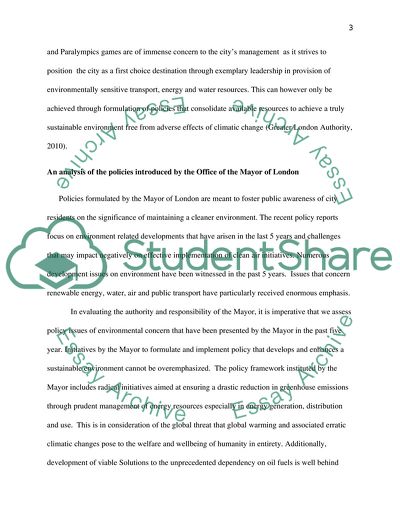Cite this document
(The Powers and Responsibilities of the Greater London Authority (GLA) Assignment, n.d.)
The Powers and Responsibilities of the Greater London Authority (GLA) Assignment. Retrieved from https://studentshare.org/human-resources/1789889-study-skills
The Powers and Responsibilities of the Greater London Authority (GLA) Assignment. Retrieved from https://studentshare.org/human-resources/1789889-study-skills
(The Powers and Responsibilities of the Greater London Authority (GLA) Assignment)
The Powers and Responsibilities of the Greater London Authority (GLA) Assignment. https://studentshare.org/human-resources/1789889-study-skills.
The Powers and Responsibilities of the Greater London Authority (GLA) Assignment. https://studentshare.org/human-resources/1789889-study-skills.
“The Powers and Responsibilities of the Greater London Authority (GLA) Assignment”, n.d. https://studentshare.org/human-resources/1789889-study-skills.


